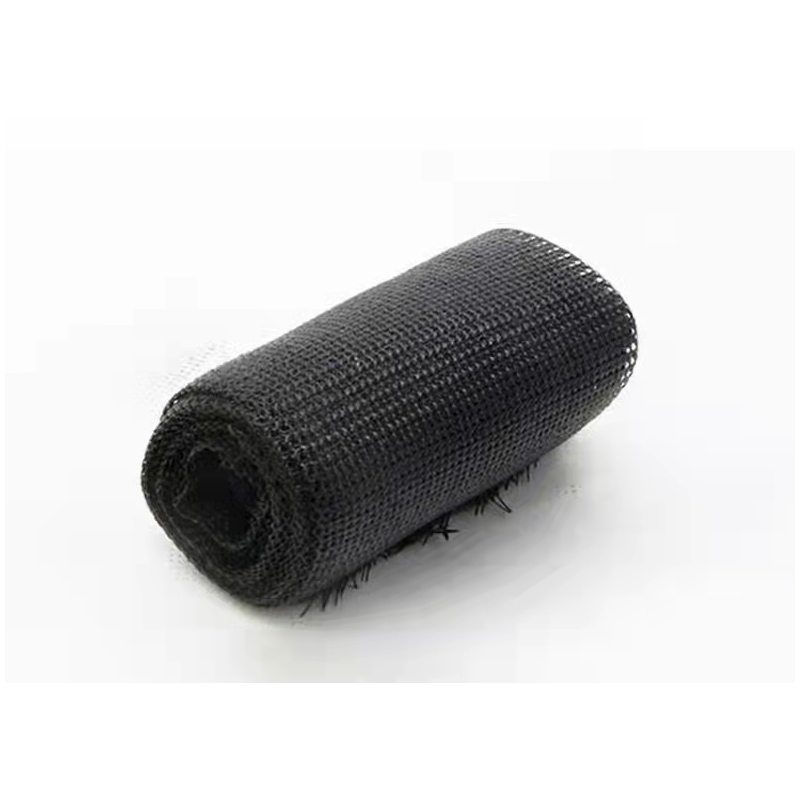Understanding Line Marking Tape A Versatile Tool for Organization and Safety
Line marking tape is an essential tool used in various sectors, ranging from industrial warehouses to schools and sports facilities. Its primary function is to create clear and visible lines on floors to indicate designated areas, pathways, safety zones, and more. With a variety of options available, line marking tape stands out as a cost-effective and efficient solution for enhancing organization and safety in numerous environments.
What is Line Marking Tape?
Line marking tape is a durable adhesive tape designed specifically for marking lines on floors and surfaces. It comes in different materials, colors, and widths to cater to a wide array of applications. Typically made from polyethylene, vinyl, or other resilient materials, line marking tape is designed to withstand heavy foot traffic, machinery, and various environmental conditions. Depending on the specific use, the tape can be pressure-sensitive, non-slip, or even reflective for added visibility.
Applications of Line Marking Tape
1. Industrial and Warehouse Settings In factories and warehouses, line marking tape is crucial for maintaining organization. It can be used to designate walking paths, identify storage areas, and mark out zones for specific equipment or operations. This clear visual indication helps streamline workflow, improve safety, and minimize accidents.
2. Sports Facilities Sporting venues often require precise markings for courts and fields. Line marking tape is commonly used to delineate boundaries for sports such as basketball, soccer, and tennis. Unlike paint, tape can be applied quickly and adjusted easily when changes are needed.
3. Schools and Educational Facilities In educational settings, line marking tape can help create a structured and safe environment for students. Whether marking out playground areas, gymnasium floors, or classroom setups, using tape provides clear guidance for activities and enhances overall safety.
line marking tape

4. Retail Spaces In retail environments, line marking tape can be used to create customer flow patterns or to designate aisles and checkout lines. This helps in managing customer movement and ensuring a safe shopping experience, especially in crowded spaces.
5. Event Management Line marking tape also plays a vital role in event management by guiding attendees. Whether at conferences, fairs, or festivals, tape can be used to mark pathways, booths, and restricted areas, contributing to an organized flow of people.
Advantages of Using Line Marking Tape
One of the primary advantages of line marking tape is its ease of installation. Unlike traditional paint, which requires drying time and careful application, tape can be laid down quickly and efficiently. It can also be removed or repositioned without causing damage to the surface underneath, making it a flexible and adaptable solution.
Additionally, line marking tape offers high visibility, especially in bright colors such as yellow, red, and green. This is particularly important in environments where safety is a concern, as it helps draw attention to important areas, such as emergency exits or hazardous zones.
The cost-effectiveness of line marking tape is another appealing aspect. It eliminates the need for professional painting services, and its durability ensures that it lasts longer than many other marking options.
Conclusion
In conclusion, line marking tape serves as a vital tool across many industries, offering clear advantages in organizational practices and safety measures. Its versatility enables it to be employed in various settings, from industrial warehouses to educational institutions and beyond. As businesses and organizations strive to improve safety and efficiency, line marking tape will undoubtedly continue to play an integral role in helping achieve those goals. Its ease of use, high visibility, and cost-effectiveness make it an invaluable addition to any operation looking to streamline processes and enhance safety protocols.
-
XIANGFAN Rubber Tape-Ultimate Solutions for All Your Insulation NeedsNewsJun.24,2025
-
XIANGFAN Rubber Tape-Protection for Industrial and Residential ApplicationsNewsJun.24,2025
-
XIANGFAN Rubber Tape: Superior Safety and Sealing for Demanding EnvironmentsNewsJun.24,2025
-
XIANGFAN Rubber Tape: Reliable Solutions for Every Electrical ChallengeNewsJun.24,2025
-
XIANGFAN Electrical & Industrial Tape: Powering Reliability Across IndustriesNewsJun.24,2025
-
XIANGFAN Electrical & Industrial Tape: Excellence in Every ApplicationNewsJun.24,2025
